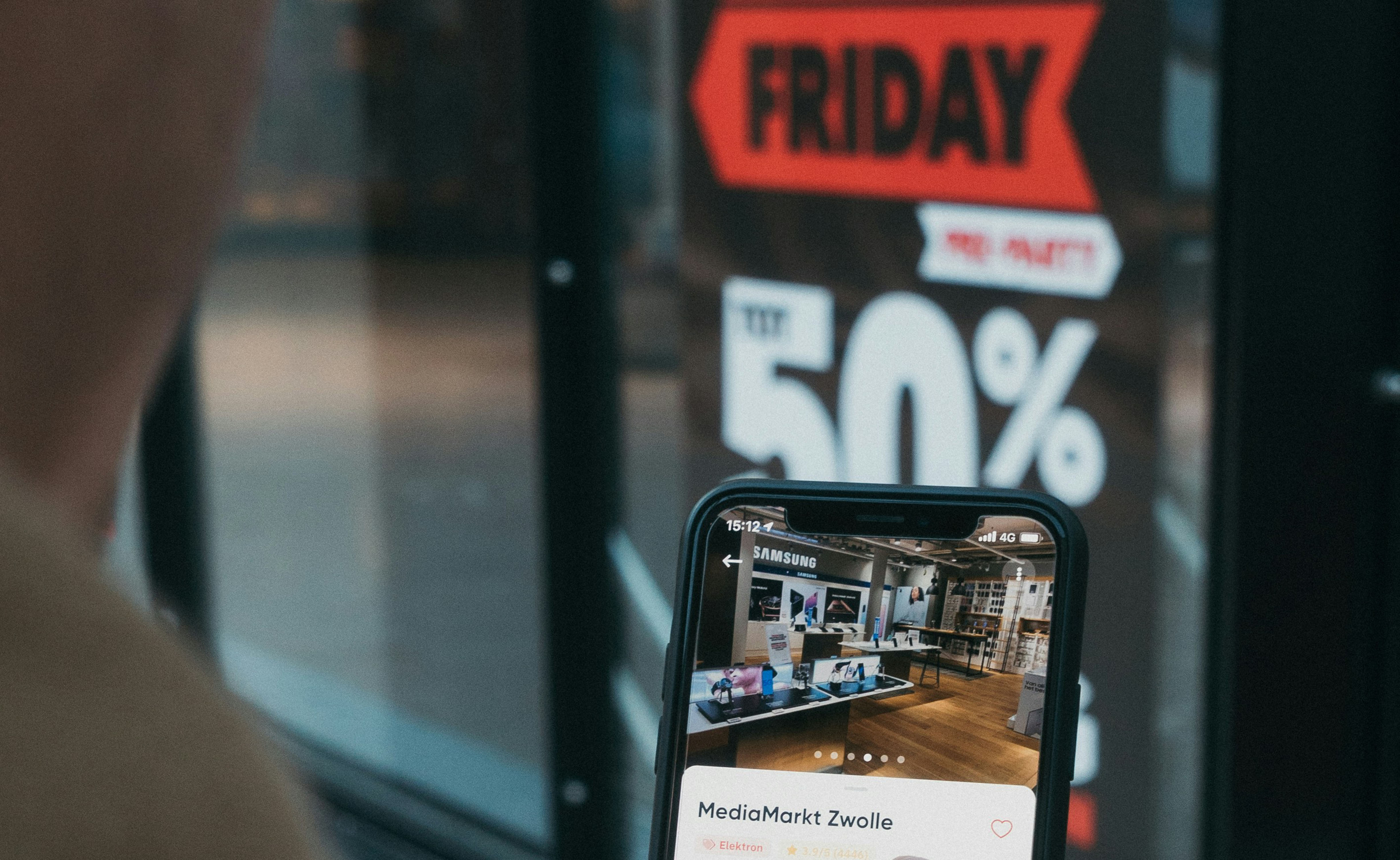In the first article of the series about semiotics in market research, we will define market research and its scope, how semiotics fills the gaps in market research, and how it can be used as a complementary method to add value to market research programs. Finally, it looks at how semiotics can be integrated into traditional market research methods, both quantitative and qualitative.
Market research involves the collection of information to help decision makers gain clarity about consumer/user behaviours (e.g., shopping preferences), preferences and trends (e.g., trends in AI recommendations over personal research); market segments (e.g., needs by lifestyle interests) ; market sizing (e.g., size of female gaming market); competitor analysis (e.g., analysing competitor advertising); testing marketing strategies (e.g., A/B testing of campaigns).
 Consumers make purchase decisions based on a range of factors and signs and symbols communicated by products, whether through the brand identity, packaging, retail experience, or communication. (Image courtesy: Allef Vinicius on Unsplash)
Consumers make purchase decisions based on a range of factors and signs and symbols communicated by products, whether through the brand identity, packaging, retail experience, or communication. (Image courtesy: Allef Vinicius on Unsplash)
Market research helps commercial decision makers reduce risk (e.g. what is target consumer reception of new product idea), identify opportunities (e.g., uncovering untapped needs), and optimise marketing efforts (e.g., refining target audience and marketing channel optimisation). Thus, market research is a critical support function for business.
Exercise: Identify cases where the following methods might be useful to identify brand and product opportunities. a) focus groups; b) Max-Diff (quantitative); c) eye-tracking; d) semiotics.
Semiotics fills the gaps in qualitative research.
Let’s start with a story about brands, consumer, culture and meaning. Burberry found itself in a quandary when it discovered that a segment of the population, who couldn’t afford its products, had adopted the brand, leading it to be associated with an “undesirable” sub-cultural group, the “chavs”.

Burberry found its brand status eroding due to concerns of appropriation by "chavs", a subculture that was/is deemed undesirable by mainstream media.
This caused Burberry was losing its status as a desirable luxury brand. It had to fight tooth and nail to reclaim control of the brand. A significant part of this strategy was abandoning the iconic Burberry check print. Burberry’s brand equity entirely rested on that one sign. The damage was detected late, and Burberry did well to take back control of the brand. In this scenario, inclusion of semiotics would have prevented this by identifying emergent trends and pointing at their potential impact to Burberry.
Exercise: Identify emergent cultures and how they might affect a brand or a product category? How is the proliferation of social media, particularly Instagram impacting how children are being impacted by discourse of body image and how this is in turn impacting reputation of beauty brands.
Semiotics is complementary to market research
Semiotics’ is interpretive in its analytical approach, distinguishing it from the systematic methodologies employed in other qualitative market research techniques. Qualitative research makes use of inductive reasoning (inference based on observations of a sample) while semiotics makes use of abductive reasoning (making a conclusion about something based on what you know).
 Katz's Delicatessen in New York communicates meaning and value about authenticity, craft and heritage through a range of signs such as its 60s/70s exterior design, the usage of neon lights; rounded typography. Within the category of delicatessens, Kosher (or Italian) delicatessens have unique cultural significance and meanings for consumers (Image courtesy: Michał Kubiak on Unsplash)
Katz's Delicatessen in New York communicates meaning and value about authenticity, craft and heritage through a range of signs such as its 60s/70s exterior design, the usage of neon lights; rounded typography. Within the category of delicatessens, Kosher (or Italian) delicatessens have unique cultural significance and meanings for consumers (Image courtesy: Michał Kubiak on Unsplash)
A semiotician starts at the unit of the sign (the product or message), maps out the range of meanings it can communicate and arrives at a conclusion. Thus, a semiotician makes use of prior knowledge about culture and infer the signs that consumers pick up from products or communication. From this they identify how brands make meaning, and how consumers might be receiving and making sense of them.
Exercise: Pick your favourite consumer packaged goods brand and identify all the signs in its packaging or communication. What do they say about the product and promise?
How semiotics adds value to the market research process.
Semiotics adds value by answering the why behind what consumers say and do. For example, when consumer testing reveals that a brand’s messaging is ineffective, semiotics can analyse the signs and meanings embedded in the messaging. The semiotic analysis can then be utilised by a qualitative research project in several ways. Researchers can test the semiotics insights with consumers using a range of methods, or the marketing output inspired by semiotic analysis (e.g. new messaging concepts).
To learn more about how semiotics can be utilised in the market research process check out our article 'semiotics in market research and marketing' where you can read more about the different applications of this approach for strategic and tactical marketing activities
 Consumer research may return valuable insights into the needs and occasions behind the rise of the single serve treats. Semiotics can analyse the consumer responses and explain what they code in cultural terms and how the codes can be of relevance to food or other adjacent categories. (Image courtesy: Tanaphong Toochinda on Unsplash)
Consumer research may return valuable insights into the needs and occasions behind the rise of the single serve treats. Semiotics can analyse the consumer responses and explain what they code in cultural terms and how the codes can be of relevance to food or other adjacent categories. (Image courtesy: Tanaphong Toochinda on Unsplash)
The semiotic interpretation of a consumer response, a product or communication design helps market research add an additional layer of contextual insights. This adds richness to the inferences drawn from a consumer sample or a category analysis.
Exercise: Explore the meanings that consumers can attach to objects, rituals or even brands.
Integrating semiotics into traditional qualitative research
Semiotics can be integrated into a range of research methods, either to inform research questions or to analyse consumer responses generated. It can be used in the following methods:
Surveys
Although the application of semiotics to surveys can be limited, it proves useful in auditing survey questions, especially in studies covering sensitive topics where precise language is crucial. Furthermore, in cases where questions elicit open-ended responses, semiotics can analyse and code the cultural and symbolic meanings behind these answers.
Focus groups and Interviews
"Focus groups elicit rich responses from consumers, particularly when brands conduct exploratory research around behaviours, attitudes, or for product or communication testing. Semiotics can assist in designing the discussion guide, as well as in analysing focus group responses for signs that consumers refer to, along with their cultural and brand or category significance.
Ethnography and design research
The immersion of a researcher in the world of the consumer generates substantial content by way of lengthy interviews, images, videos, which are replete with symbolic meaning. These reveals a plethora of signs and symbols such as rituals, objects and their material qualities, icons, interfaces, design elements, language – all revealing the cultural and category codes, myths, and ideologies that the consumer carry with them.
Bringing it all together
Semiotics provides a valuable perspective in market research, offering insights into the deeper cultural symbols and meanings that influence consumer behaviour. Its integration into traditional market research methods enhances the understanding of consumer responses and market trends.
To effectively utilise semiotics in market research efforts, consider incorporating it alongside your existing methodologies. This can include using semiotics to refine survey questions, applying it in focus group discussions, or adopting it in ethnographic research to gain a clearer understanding of consumer ideologies.
Those interested in further exploring this topic and applying these concepts to their business strategies can look forward to more articles in our series. This approach will help you gain a more comprehensive understanding of the market and consumers.
Read more about market research, its uses, applications and how insights can be used to inform critical business strategy
Get in touch.
Kishore is a trained semiotician with over 20 years of experience in cultural research across a range of categories including retail, FMCG, technology, pharmaceuticals and healthcare, automobiles, consumer electronics and government services.
Bryter are experts in consumer and retail research across a range of product categories. Get in touch to find out how we use semiotics plus a range of other approaches to support clients with their retail strategy and execution.
Email: kishore.budha@bryter-global.com




-bucknall-2449533.jpg)